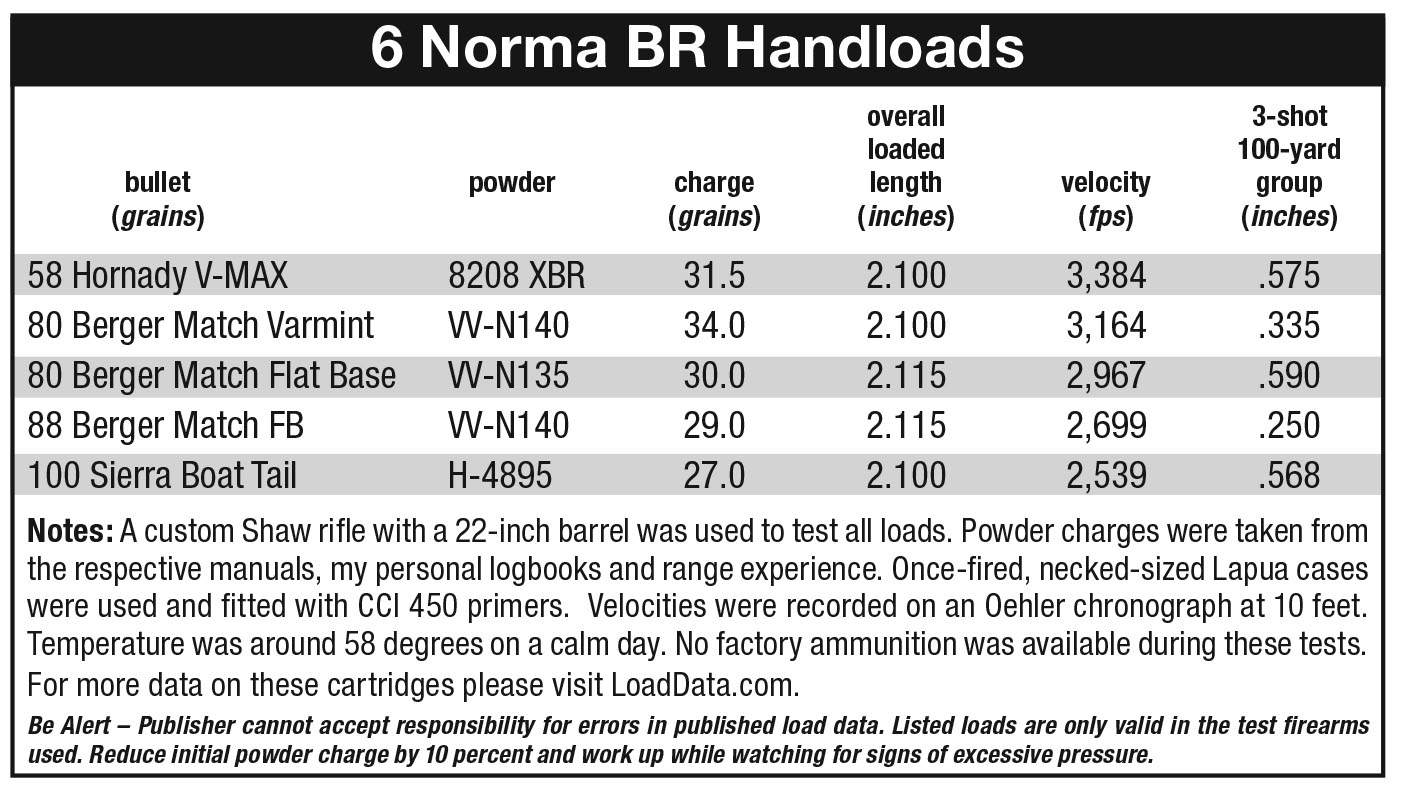Shaw's Custom Mark X Sporter Rifle
A Made to Order Rifle with a Unique Cartridge
other By: Stan Trzoniec | January, 26
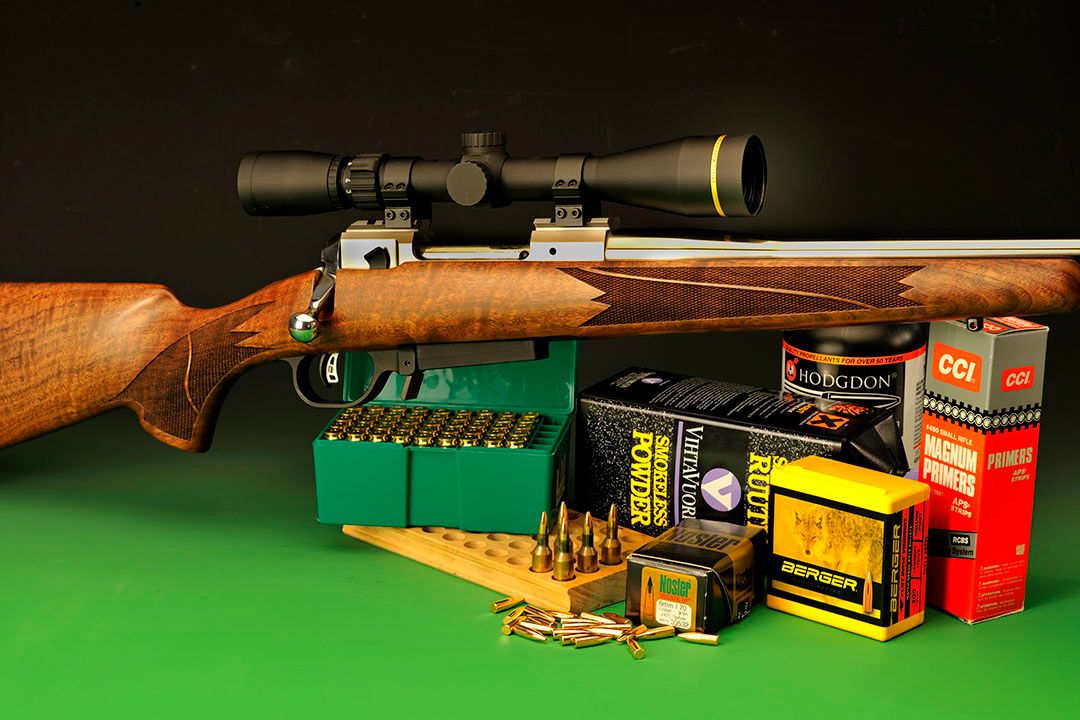
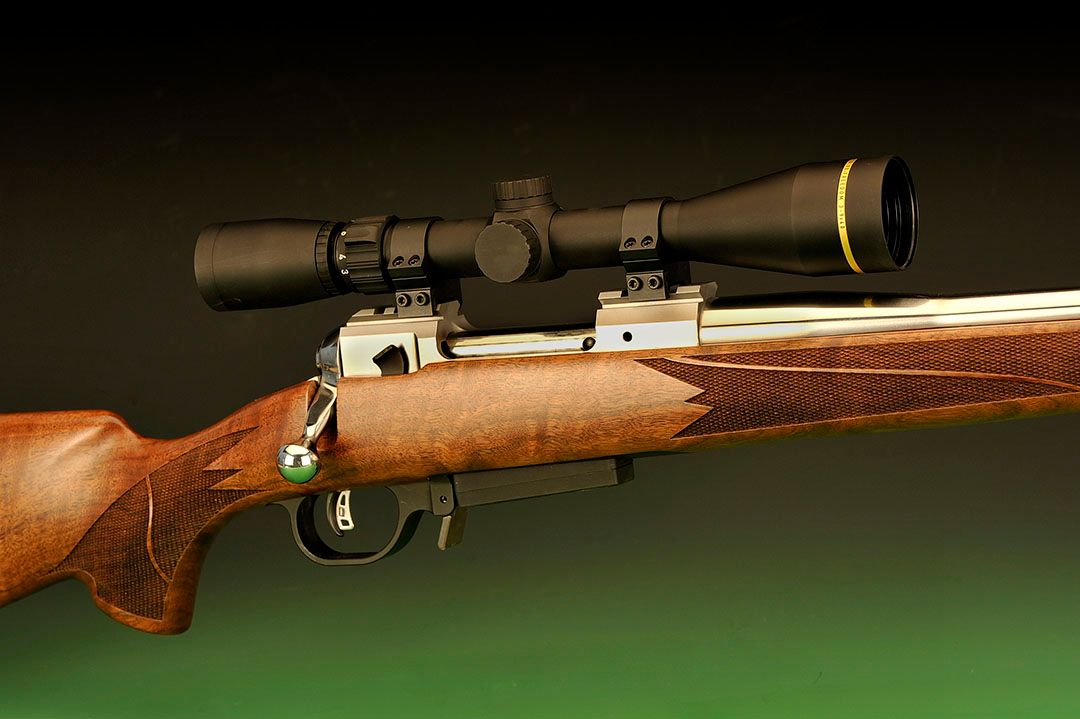
Over the years, I’ve always been interested in custom rifles, so it wasn’t long before I followed the trail for such a gun built entirely by E.R. Shaw in Bridgeville, Pennsylvania. Tricked-out with a wide variety of options ranging from stocks to barrels to cartridges and made at a very affordable price, it was certainly worth looking into. According to their website, buyers can place an order online (delivered to your dealer) or buyers can drop into their retail store and go from there. Simple enough for sure.
For those who are not familiar with the Shaw company, they started producing barrels for Marlin and Ithaca more than 60 years ago. Soon after, Ed Shaw’s reputation grew to the point where he was turning out OEM (Original Equipment Manufacturer) barrels for a wide variety of rifle manufacturers, as well as serious hunters and hobbyists who wanted the best of accuracy with a precision aftermarket rifle barrel. Around 1975, Carl Behling and today with his son, Carl Jr., have brought the company up to such high standards in barrel production, that they are running extra shifts just to keep up with the demand. With all this on hand, the team decided to try their knowledge and industry contacts to build their own brand of custom rifle. The result is the Mark X rifle.
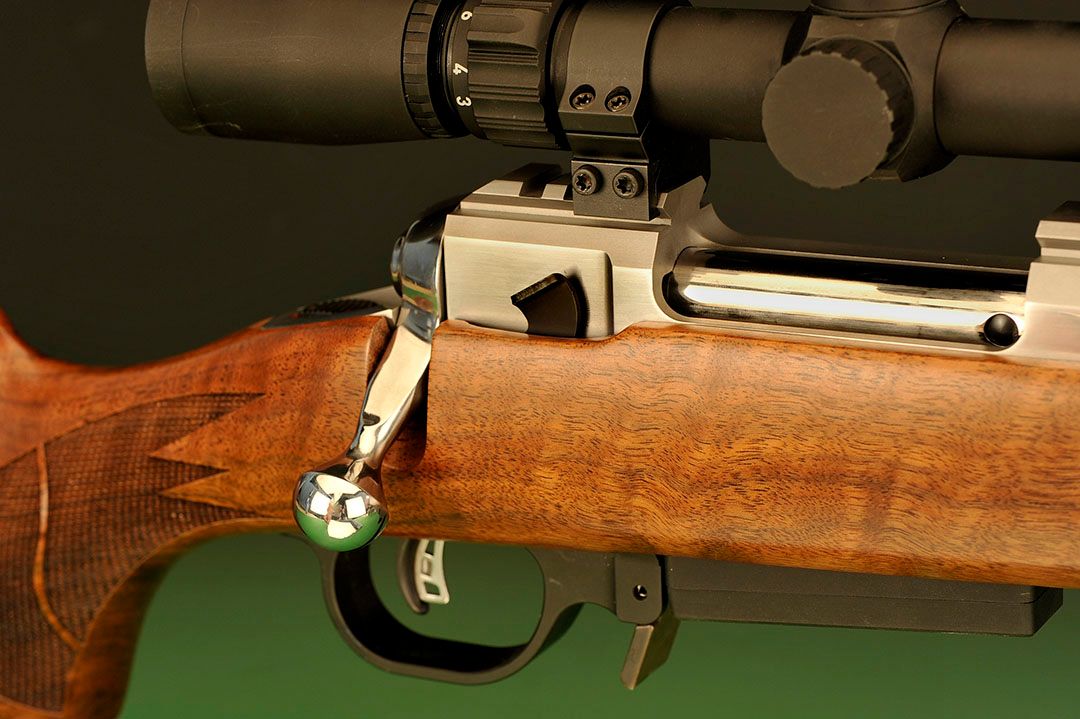
For a custom-built rifle starting around $1,400 and up, depending upon your options, it is easy to see why this gun is so popular on the market today. One look at some of the major players shows that a Winchester Model 70 Super Grade can run up to $1,480 for a magnum chambering, a Browning Medallion at $1,540 or a Weatherby Mark V Deluxe at $2,350. Now it’s easy to see that for those who want to put a bit of individualism into his or her rifle, the Shaw product is a good alternative, all at a favorable price point. With all that temptation in front of me, I decided to jump in and try my luck with a rifle suited exactly to my needs. When I was done, the rifle to my specifications cost close to $1,400, plus shipping. I was not disappointed and I’ll explain why.
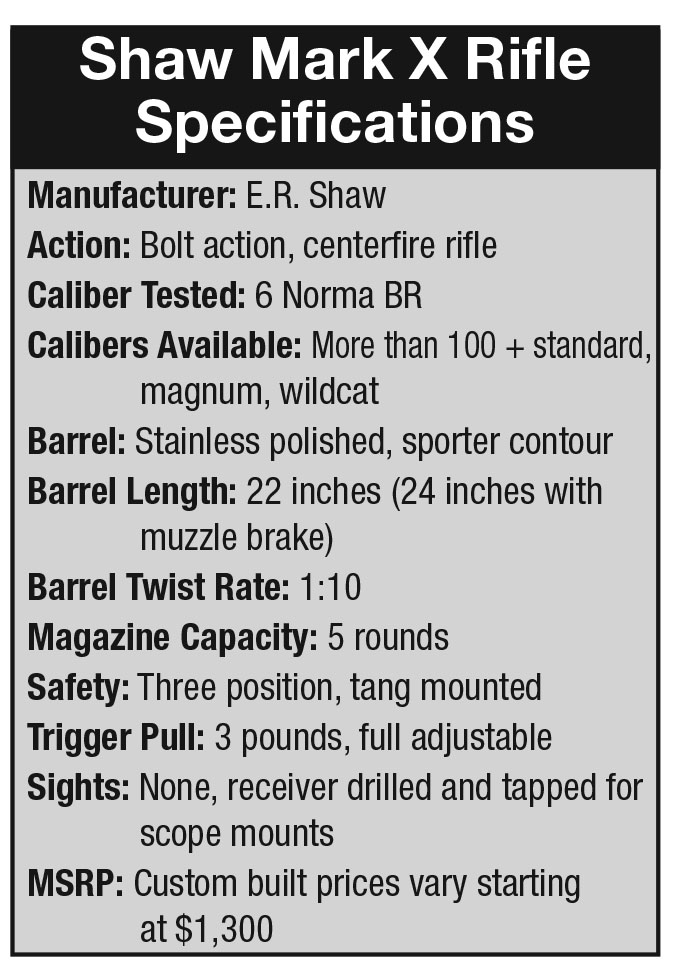
The first step is to go to their website. From there, simply go down the checklist, picking out what you want in a cartridge, barrel, receiver, stock and any additional extras. Do all this on a rainy day, as there is plenty to choose from, especially in the way of rifle cartridges.
Looking at the list, I chose a cartridge from the 100 or so that Shaw will chamber. Starting at the .17 Remington Fireball and going through the choices, the Ackley’s are included, as well as some of the newer ones in the .27 Nosler or the .350 Legend, up to the 8mm Remington Magnum and the 9.3x62. While the list is way too extensive to show here, move to their site, as this is where the final product will be finalized. For my choice, I picked the 6 Norma BR and I’ll explain why as we move on. Next is the barrel. Naturally, there is a choice of everything from 16 to 26 inches, in one inch increments, with straight line or helical fluting, plain, varmint and in polished stainless or blued in various contours. My choice was the 22-inch length (as my option with a muzzle brake will lengthen it to 24 inches), polished stainless, sporter profile with no fluting finishing off with a 1:10 twist.
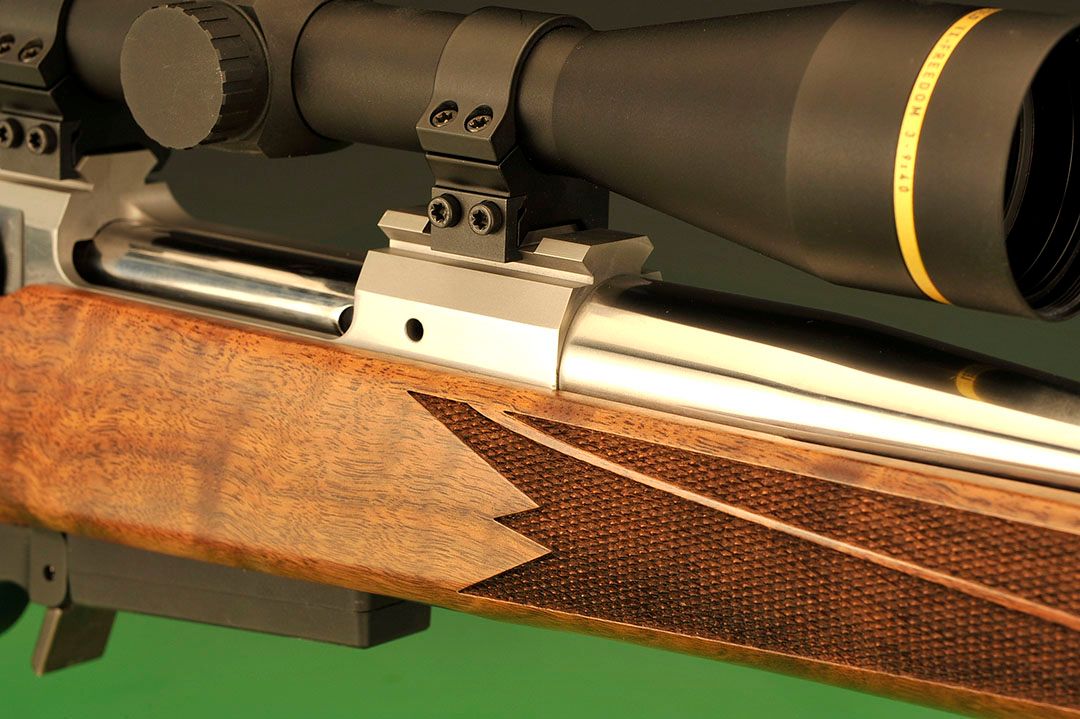
The receiver brought on quite a surprise. The onset of the Shaw Mark VII rifle used the Savage action complete with the famed “AccuTrigger,” something that is still carried on today with a twist. While the trigger is still part of the receiver assembly, the host receiver is now a true Shaw proprietary action with the trigger licensed by Shaw in cooperation with Savage Arms. Now called the Mark X action, it has gone through some design changes to include a ¼-inch thick integral recoil lug, controlled round feeding with a twin lug locking bolt. For appearance, the receiver has been machined with a flat-sided receiver. An integral Picatinny scope mount is included on the receiver to lower the costs to the consumer by eliminating the expense of not having to purchase rings for optical goods. To finish off my project, I mounted a Leupold 3-9x 40mm Freedom scope in matte rings.
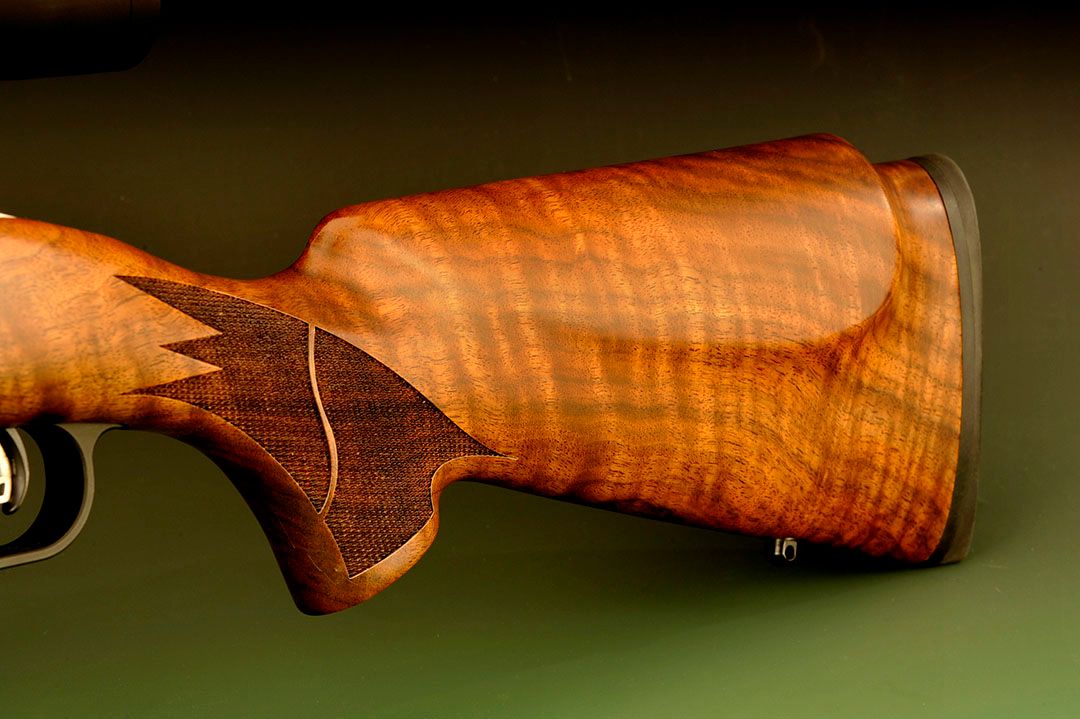
Additionally, buyers have a choice of short or long actions in both a right- and left-hand configuration, high polish or matte finish with a detachable magazine as standard. The bolt has a natural curve to it and the three-position safety is tang mounted for convenience. All of the bottom metal is an aluminum alloy with the exception of the magazine release that paid attention to my magnet with enthusiasm. The magazine is aluminum and with a quick forward motion of the release, it falls right into the hand for recharging or replacement.
By this time, the stock options might be the easiest out of all the selections. To make it simple all around, buyers can order a Nutmeg or Pepper-laminated stock or the Grade 5 walnut that was my choice. When the gun arrived, I could not be more pleased. The stock is well-proportioned to my average stature, nicely-figured and complete with a semigloss coating to bring out both the color and grain of the wood. Checkering is included on both the forearm and pistol grip (that includes a palm swell) with a flare at the bottom and with a ribbon midway through the pattern, makes this gun fall right in line with the best of custom grade or fancy rifle. While this gun has a classic-styled stock, the cheekpiece does rise a bit over the comb of the stock, but in no way distracts from the overall appearance of the gun. Finishing off the stock, a Pachmayr recoil pad and sling swivels are included. Along with the action, it should be noted the fit and finish of the gun in total was excellent with the bolt moving with butter-smooth precision in and out of the receiver.
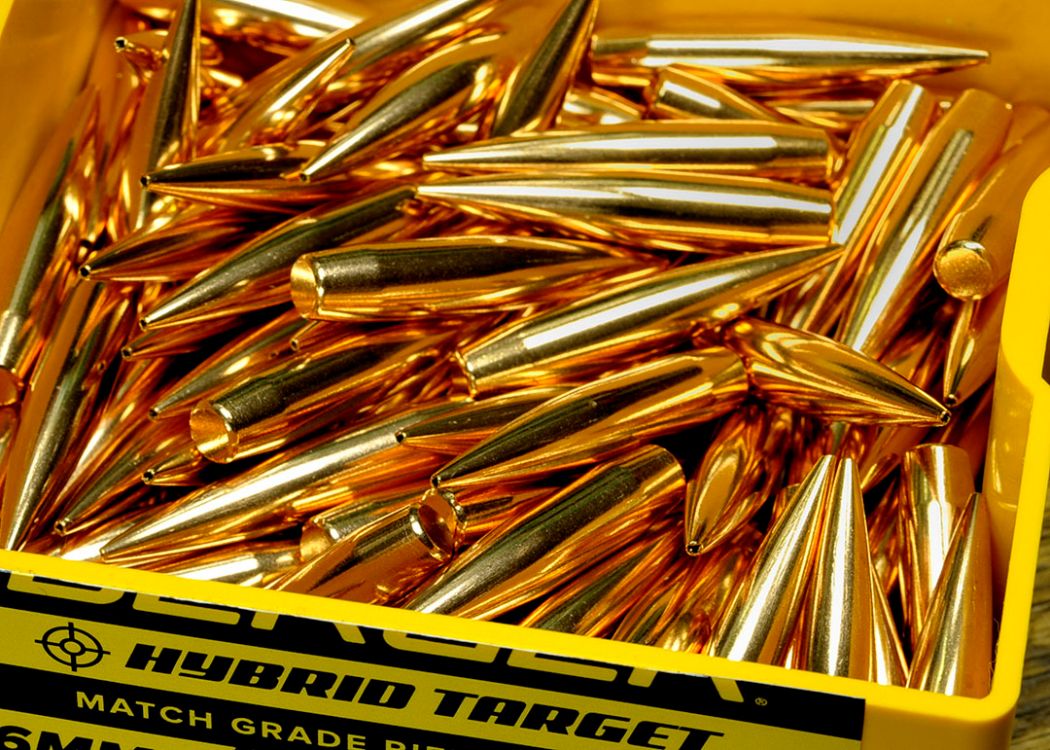
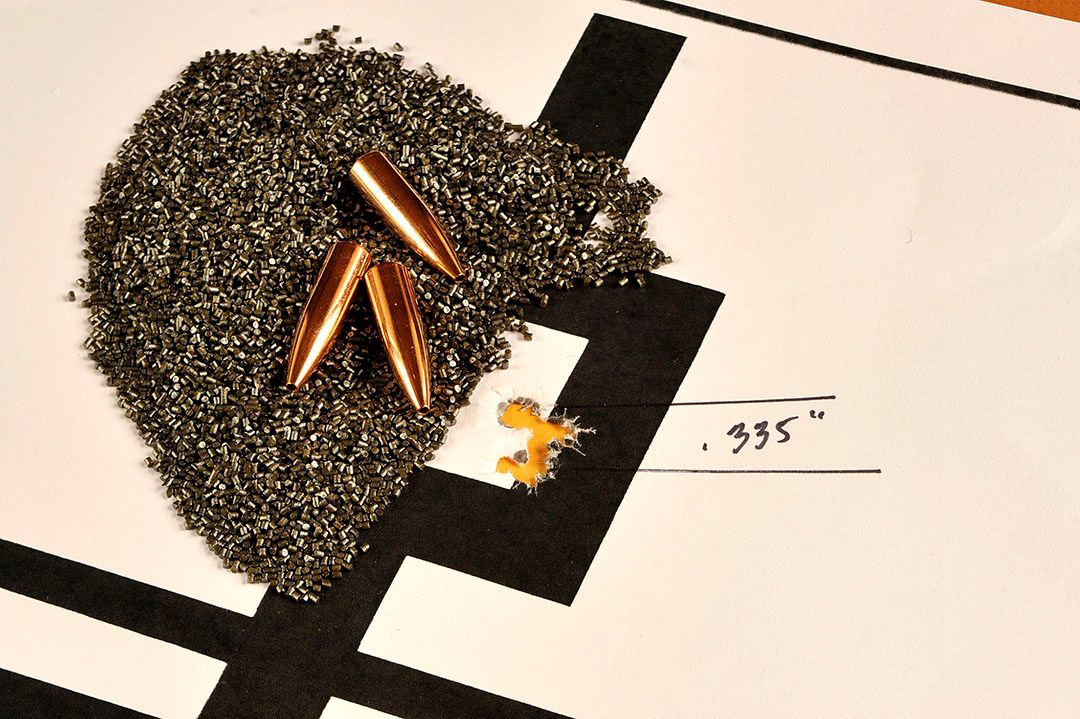
Now to my choice of cartridges. Those who follow my writings in Rifle magazine and especially the Rifle’s Varmint Magazine special editions, should take note of my choice of the 6 Norma BR for a feature story on the Savage Benchrest rifle. Being a dyed-in-the-wool varmint hunter in the East, this very accurate 6mm cartridge with lighter bullets seemed like a natural match for my balmy summer hunting forays on fresh cut fields in July. However, while I enjoyed working with and testing the Savage Benchrest rifle, it is not a gun to be taken into the field for varmints for any length of time. Checking in at nearly 15 pounds with a laminated stock and a 29-inch heavy barrel, this is the gun for precision shooters who like to shoot at targets downrange that can only be seen through a high-powered scope.
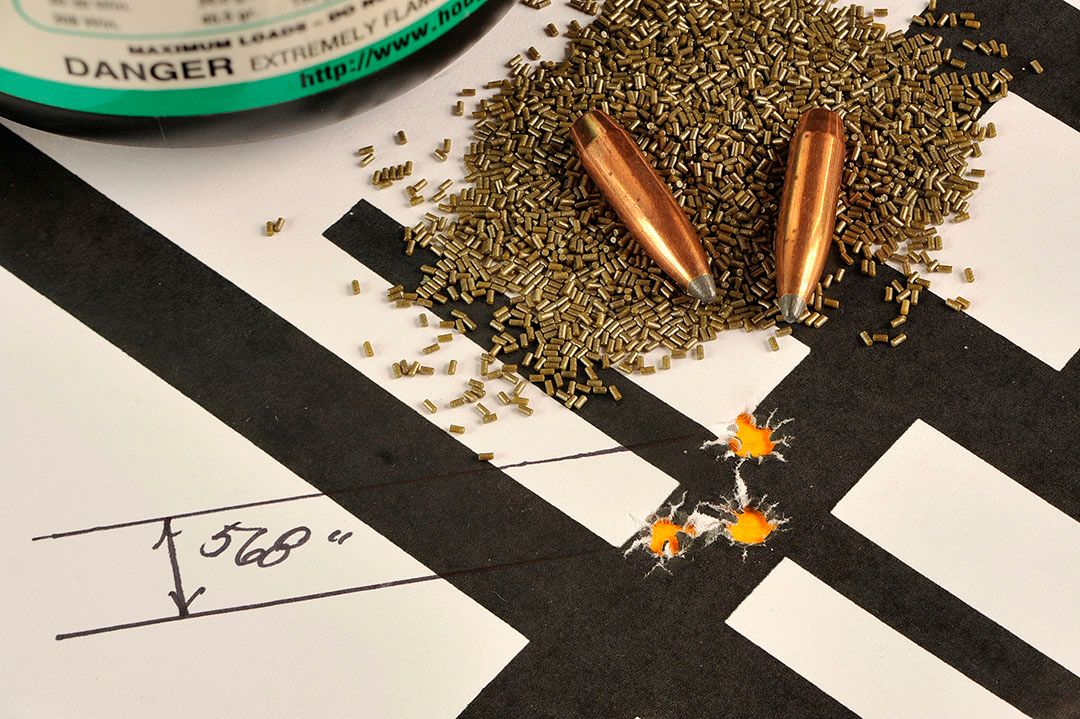
Right out of the box and loaded casually with Varget, shooters can expect half-inch groups without breaking a sweat from the 6 Norma BR. A variant of the 6mm Remington BR, the Norma BR is meant to be used in rifles with longer, heavier bullets if the need arises. With the Savage, I found lighter bullets filled my needs, which led to the idea of a sporter rifle of less heavy proportions for what was my idea of a walking varminteer. Leaving the Savage, shooters can find all the loads needed in the Spring 2020 issue of Rifle’s Varmint magazine for this handsome and accurate rifle.
Turning our attention to the Shaw, I choose to have a 1:10 twist over the 1:8 twist on the Savage. The engineers at Shaw and I agreed that since my forte was small game, this twist was a better choice for lighter, somewhat shorter bullets with the option of heavier bullets when needed. We were both right as the extensive testing showed.
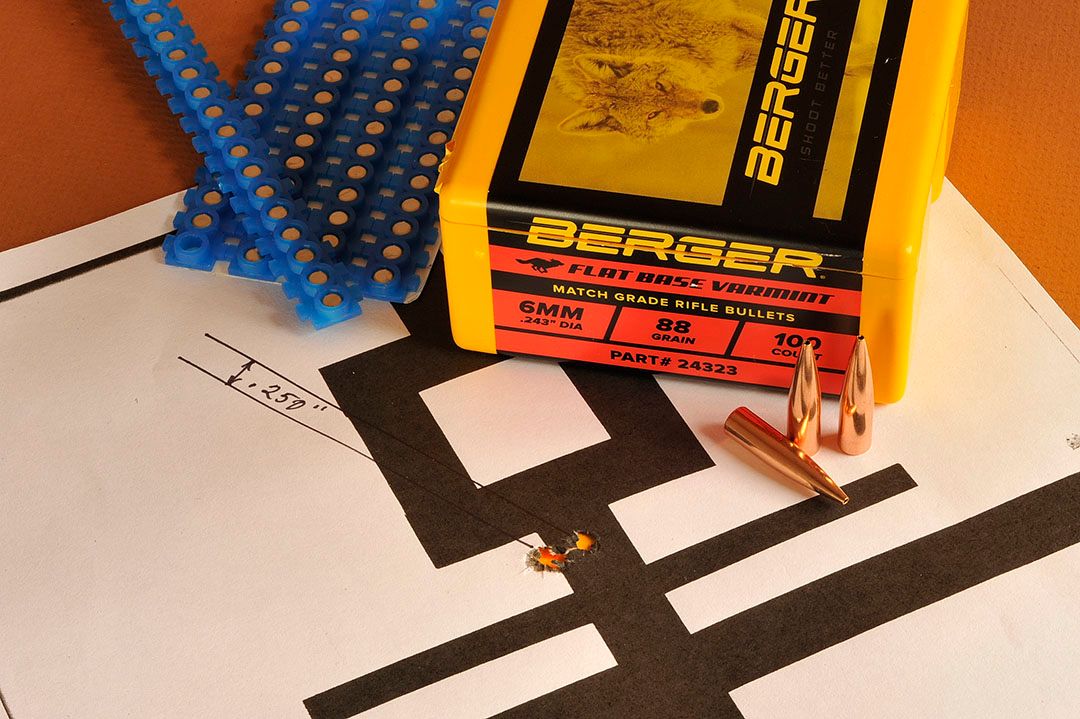
The 6 Norma BR case is the same as the 6mm Remington Bench Rest and can be used if the shooter does not want to entertain the use of the Lapua case, and both use the small CCI 450 primer. In the beginning, Remington made rifles in its custom shop with a shorter throat to accept bullets up to 70 grains, wherein the Norma version is designed for bullets over 100 grains and longer throats. In basic form, both are made from the .308 Winchester case, shortened and necked down to accept popular six millimeter bullets. While there is some factory ammunition out there from both Norma and Lapua, the way to go is to handload and with plenty of information on the internet, there is more than one night’s reading in print on this interesting cartridge.
In any event, to get started with equipment and some handloads, order a set of 6mm BR Remington Competition dies from Redding. It is a three-piece set and includes a body die to bump the shoulder back to normal if necessary, only if you purchased once-fired brass, a Bushing Neck Die and a Competition Seating, the ultimate in seating bullets for this caliber. Primers are small rifle CCI 450 and new Lapua cases were fireformed with 30 grains of Varget. After that, they were all checked for overall length and with a capacity of 38 grains of water, powder choice was next.
For those starting out, I’ll narrow it down a bit, after some shooting, a handloader can broaden choices. I like Vihtavuori N-140, N-135, H-4895 and 8208 XBR. For bullets, my gun enjoyed the Berger Match, Hornady V-MAX, Winchester PSP (still available as a component product) and the Sierra boat-tails. Most all of the powders are suitable for the 6 Norma BR. They are easy to meter and for volume loading, can be counted on for exact charges over many cases, but it is still advisable to check at least one in 10 as they are placed in the tray.
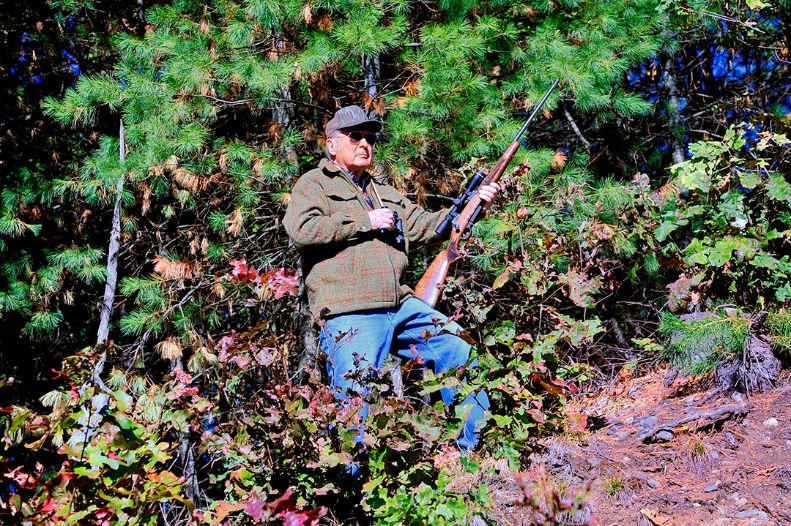
Testing was done over a few weeks, with three handloads surfacing as the best as shown on the chart. First was the Berger 88-grain bullet producing an incredible .250-inch group with three shots touching at 100 yards. Following that, another 80 Berger hit .335 inch with a 100- grain bullet from Sierra topping .568 inch, just to see what the gun would do with a heavier bullet for medium game. Since my primary targets are smaller game or varmints, the Hornady V-MAX 58 grain (.575 inch), Nosler spitzer 70 grain (.650 inch) or the Hornady InterLock 70 grain (.730 inch) gave me a wide choice to ply my craft in the field.
During this rifle testing, I never had any functioning problems with loading or ejection with this rifle. The action is smooth, always picking up a new cartridge (single or magazine fed) without a hitch and is easy on the shoulder. Regardless of the muzzle brake, the recoil sensation on this Norma cartridge is like a soft push rather than a sharp impulse and I was never tired or fatigued at the bench. Shooting three-shot groups at five-minute intervals kept the barrel temperature low, owing and constant to some fine groups downrange.
There is no doubt in my mind that the Shaw Mark X is a wonderful opportunity to have a rifle made to your specifications at a more than reasonable price point. It offers superb craftsmanship, great accuracy and pride of ownership. Combined with any one of a hundred standard cartridges or unique choices like the 6 Norma BR, this rifle will certainly add another dimension to my varmint and small game hunting next spring.
For more information, contact Shaw at ershawbarrels.com.


